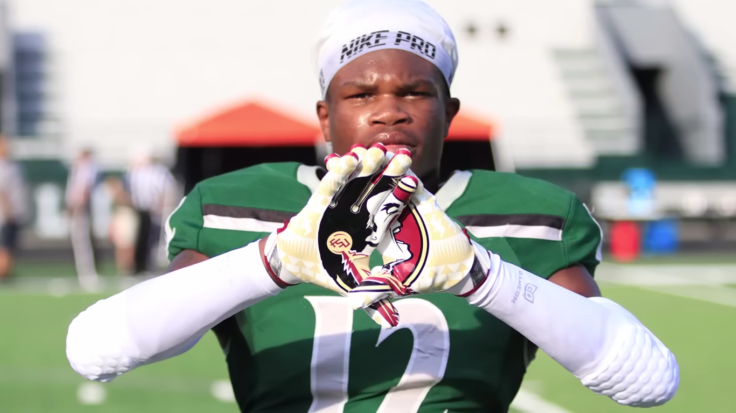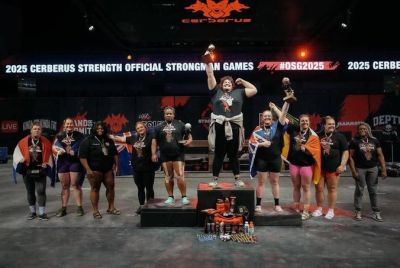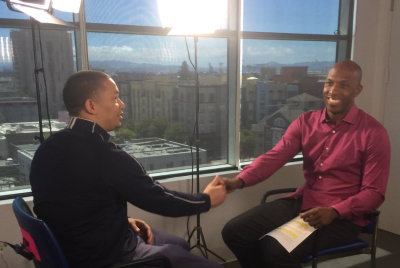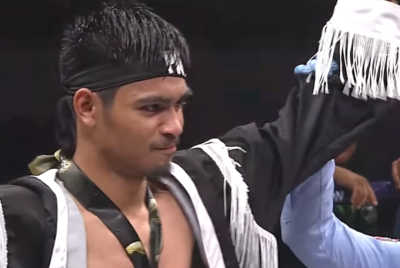Can the Body Handle It? The Hidden Strain on Travis Hunter No One's Talking About

Jacksonville Jaguars rookie Travis Hunter has become the NFL's most-watched newcomer, not just for his talent, but for what he's attempting to do.
The 21-year-old Heisman Trophy winner, drafted second overall in 2025, is rewriting football's rulebook by playing both wide receiver and cornerback at the professional level, according to The Associated Press.
But beneath the excitement lies a more complicated question: can the human body sustain such a relentless dual workload? Early signs from training camp and preseason suggest that the physical price of being a two-way phenomenon may be steeper than fans realise.
Early Injury Sparks Concern
The Jaguars confirmed in mid-August that Hunter missed multiple practices with an upper-body injury, calling his absence precautionary, according to NFL.com. He sat out two subsequent preseason games after sustaining a knock during a team scrimmage on August 14, Reuters reported.
Head coach Liam Coendescribed the move as a ' measured decision'designed to preserve Hunter's fitness before the season opener against theCarolina Panthers. By late August, Jaguars general manager Ryan Pace told CBS Sports the rookie was 'rolling full speed again.'
Yet the incident reignited a broader discussion within the league—how much can one athlete's body endure while mastering two high-impact positions?
NFL Veterans Warn of Physical Toll
Hall of Famer Rod Woodson called Hunter's dual workload 'a tough ask', warning that balancing both roles could increase the risk of injury and shorten his career, according to The Times of India.
Veteran receiver Davante Adams voiced similar doubts, telling Newsweek that 'it's hard enough to be elite at one position—doing both might be impossible.'
Analysts have echoed that sentiment, pointing out that the NFL's speed and physicality far surpass those of college play.
A report from Fantasy Index noted that Hunter's limited practice time at each position could 'impact his efficiency' and 'raise the risk of overuse injuries.'
Hunter's Response: 'I Know My Body'
Hunter, however, insists he knows how to manage the strain.
Speaking to the New York Post, he said his rigorous recovery regimen and training habits help him stay ready for both roles.
Comparing himself to baseball's two-way phenomenon Shohei Ohtani, Hunter told the paper that 'it's a lot on your body, but if you take care of it right, you can handle it.'
The Jaguars' coaching staff has also expressed confidence in his approach.
Defensive coordinator Anthony Campanile said Hunter 'does the extra work' and has been 'impressive' in adapting to NFL speed, according to Jaguars.com.
Offensive coordinator Grant Udinski added that the rookie's 'biggest strides' will come mentally, as he learns to process two playbooks simultaneously.
Still, the team appears to be managing his snaps carefully. The Jaguars' depth chart lists Hunter as a starting wide receiver and backup cornerback, suggesting a deliberate effort to limit his defensive workload early in the season.
A Test of Human Limits
If Hunter succeeds, he could redefine positional specialisation in professional football.
As The Guardian observed earlier this year, the NFL may be witnessing its own 'Ohtani moment,' one that challenges traditional ideas of what one athlete can accomplish.
However, despite all the hype, the central question remains: can the human body truly sustain such a dual role under the pressure of the NFL?
The hidden strain — ranging from fatigue and microinjuries to mental exhaustion — may not be the focus of highlight reels. Still, it could determine whether Travis Hunter becomes a revolutionary or a cautionary tale in the history of football.
© Copyright IBTimes 2025. All rights reserved.





















